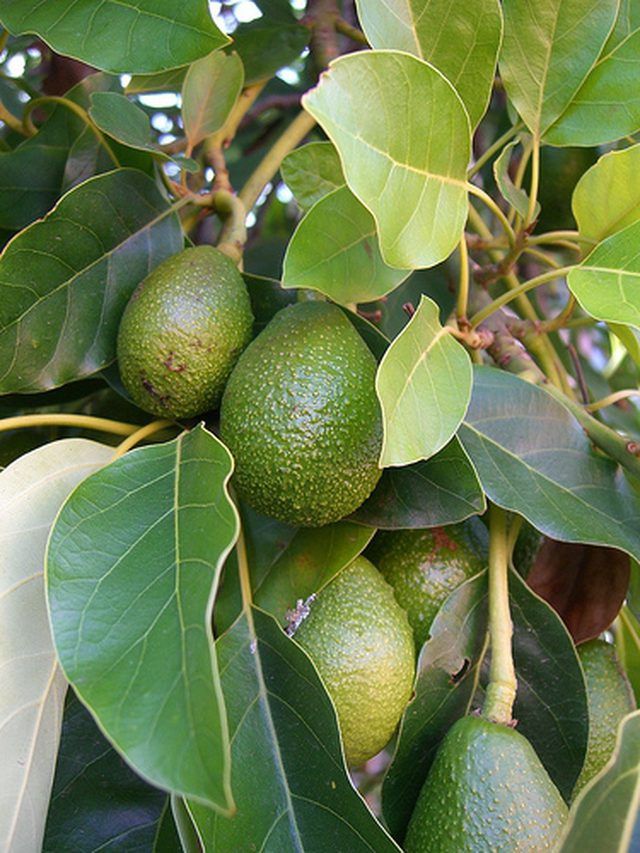Bulbs
Flower Basics
Flower Beds & Specialty Gardens
Flower Garden
Garden Furniture
Garden Gnomes
Garden Seeds
Garden Sheds
Garden Statues
Garden Tools & Supplies
Gardening Basics
Green & Organic
Groundcovers & Vines
Growing Annuals
Growing Basil
Growing Beans
Growing Berries
Growing Blueberries
Growing Cactus
Growing Corn
Growing Cotton
Growing Edibles
Growing Flowers
Growing Garlic
Growing Grapes
Growing Grass
Growing Herbs
Growing Jasmine
Growing Mint
Growing Mushrooms
Orchids
Growing Peanuts
Growing Perennials
Growing Plants
Growing Rosemary
Growing Roses
Growing Strawberries
Growing Sunflowers
Growing Thyme
Growing Tomatoes
Growing Tulips
Growing Vegetables
Herb Basics
Herb Garden
Indoor Growing
Landscaping Basics
Landscaping Patios
Landscaping Plants
Landscaping Shrubs
Landscaping Trees
Landscaping Walks & Pathways
Lawn Basics
Lawn Maintenance
Lawn Mowers
Lawn Ornaments
Lawn Planting
Lawn Tools
Outdoor Growing
Overall Landscape Planning
Pests, Weeds & Problems
Plant Basics
Rock Garden
Rose Garden
Shrubs
Soil
Specialty Gardens
Trees
Vegetable Garden
Yard Maintenance
How to Plant Avocado Seeds
How to Plant Avocado Seeds. The avocado, also known as the alligator pear or butter pear, is an easy tropical fruit to grow. Avocado trees take time to grow and produce fruit, and the key is to germinate the pit in water before planting it. According to gardeningtipsnideas.com, after planting the tree takes at least seven years to produce edible...

The avocado, also known as the alligator pear or butter pear, is an easy tropical fruit to grow. Avocado trees take time to grow and produce fruit, and the key is to germinate the pit in water before planting it. According to gardeningtipsnideas.com, after planting the tree takes at least seven years to produce edible fruit. To speed up the process, buy a young tree from a nursery. To grow well, avocado trees need lots of sunlight.
Things You'll Need
20-oz. jar
Toothpicks
Gallon-size pot
Soil
Vermiculite
River sand
Compost or fertilizer
Put several toothpicks in the upper part of the pit, which is the avocado's seed. Germinating the seed in water will greatly increase the chances of growing a tree. The pit can be planted in the ground, but it may not germinate as well.
Fill the jar with water and set it in a sunny area. Place the avocado pit on top of the jar with the bottom of the pit in the water. Keep the pit like this for three to six months until roots sprout, adding water when needed. Let the roots grow about 2 inches before transferring into soil. If the roots sit too long in water, they become weak and won't grow properly.
Plant the pit in one-third compost, one-third vermiculite and one-third river sand in a pot. Bury just the roots and the bottom part of the pit in the soil. Water and put the pot in an area that receives at least six hours of sunlight a day. Bring the plant inside during the winter.
Transplant the tree when it reaches 2 or 3 feet if you live in USDA hardiness zones 9 to 11. Dig a large, deep hole deeper and wider than the pot the tree is in. Place the tree in the hole and add the soil from the pot, then fill the hole in with soil and compost. Water deeply and slowly so that the water goes deep into the soil. Fertilize once a year with compost or with 1 to 2 tsp. of balanced fertilizer. Water your tree only when the surface soil has dried out.
Tips & Warnings
If you are planning to move, transplant the tree into a larger pot instead of putting in the ground.
Avocados grow best in USDA hardiness zone 9-11.
According to avocado.org, an avocado tree grown from seed will be very different from its parent variety. Fruit from a tree grown from seed tends to have different flavor characteristics than its parent variety, which is why most avocado growers graft their varieties, rather than grow them from seed.